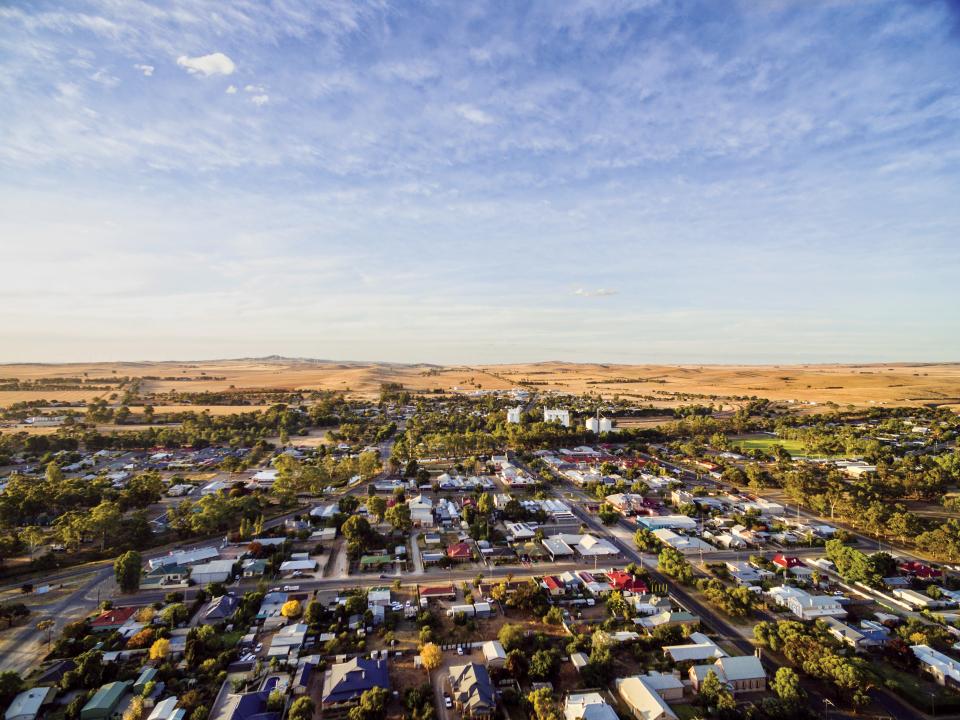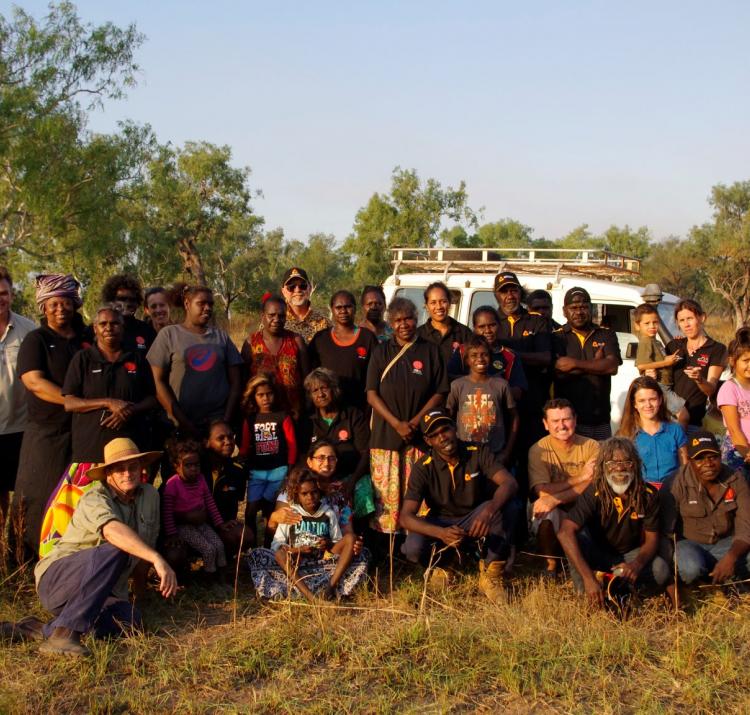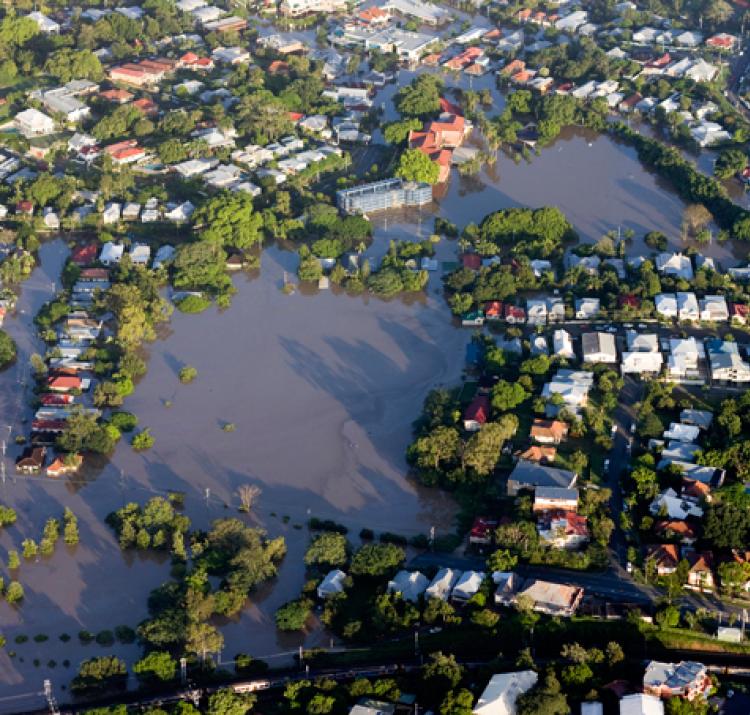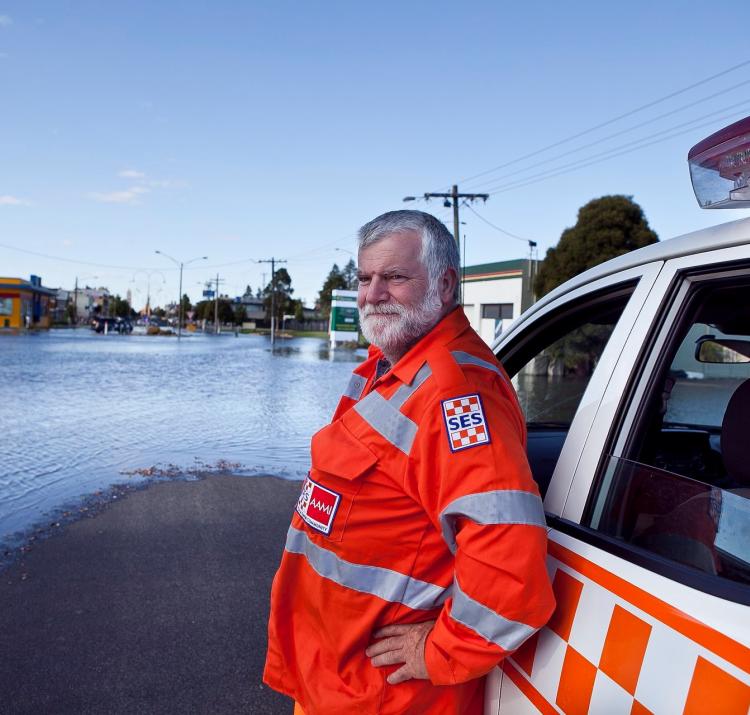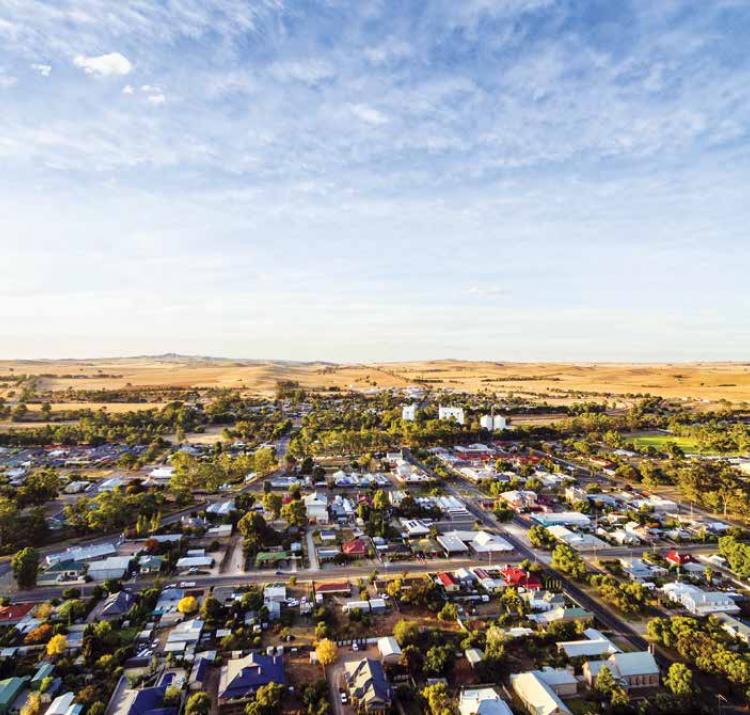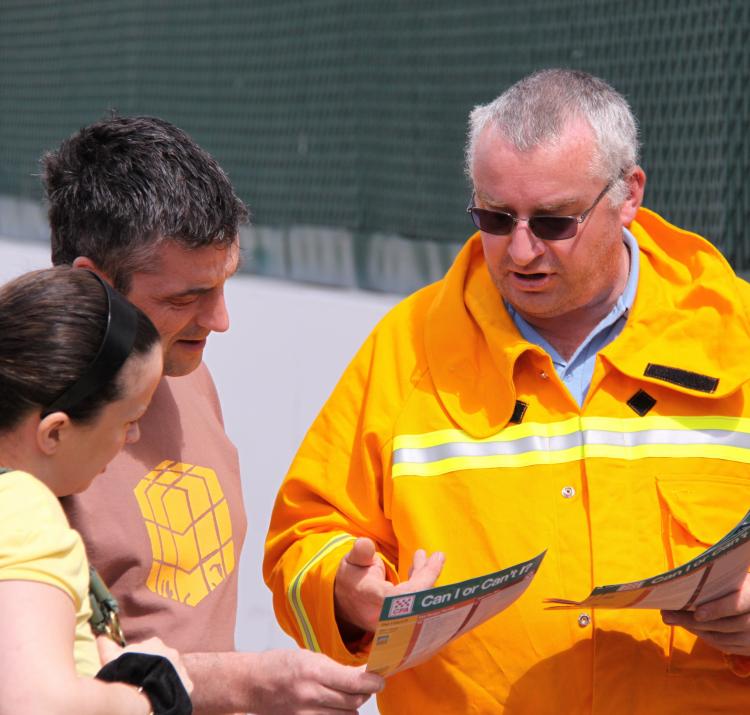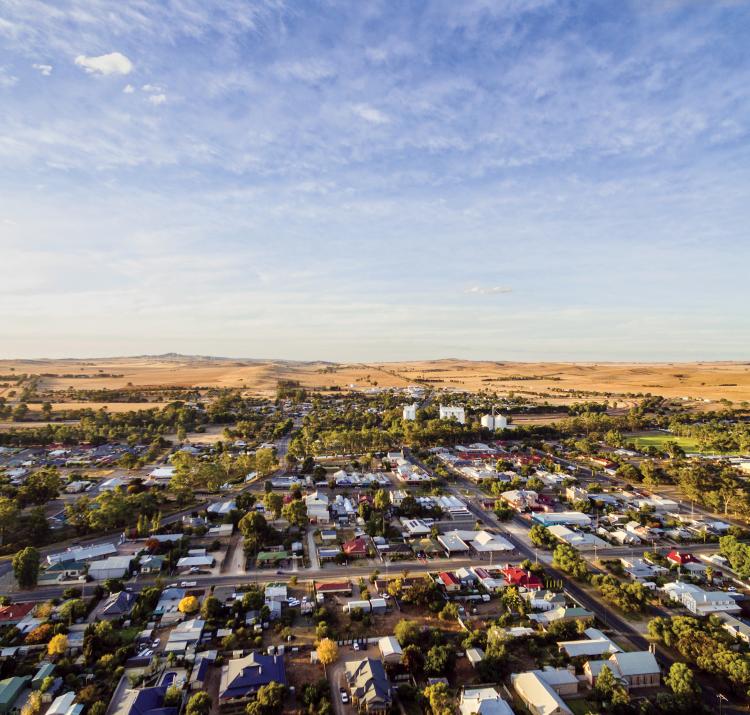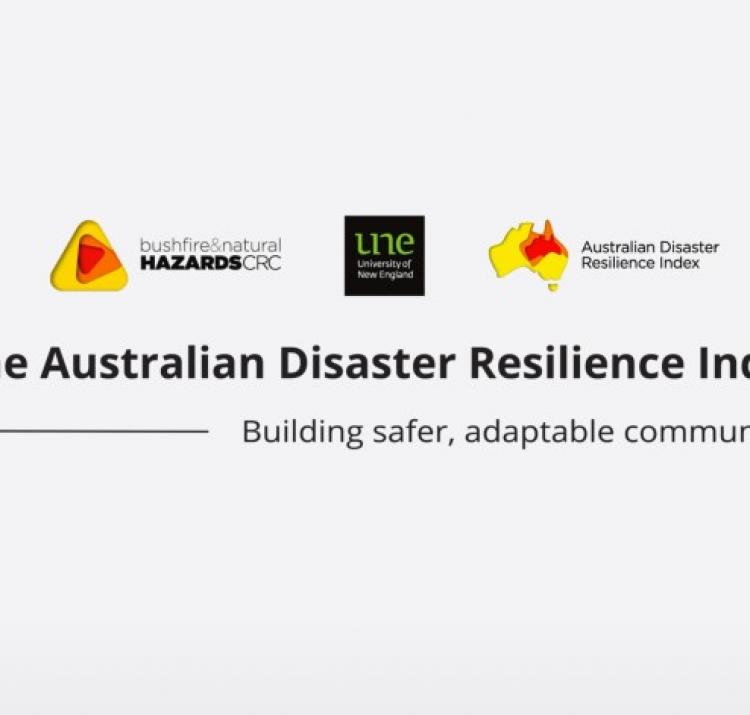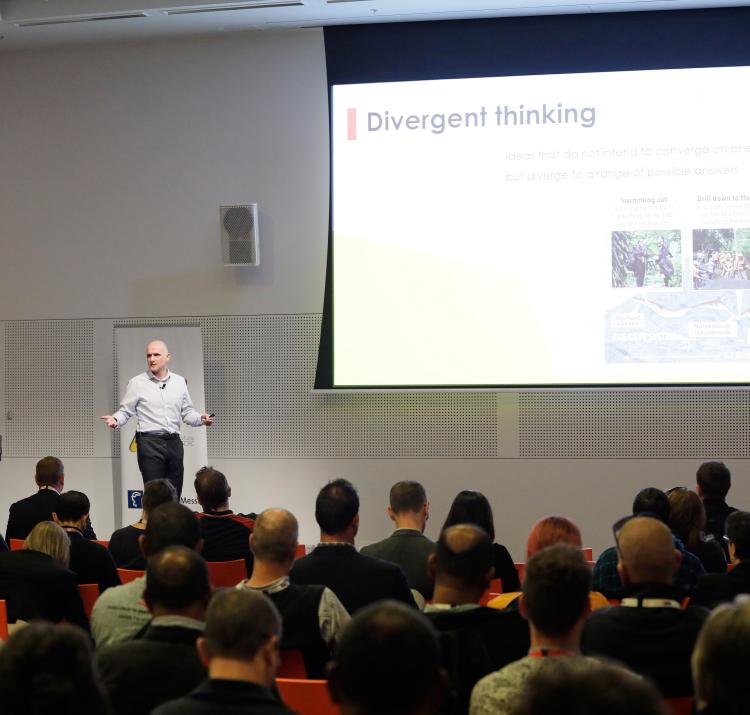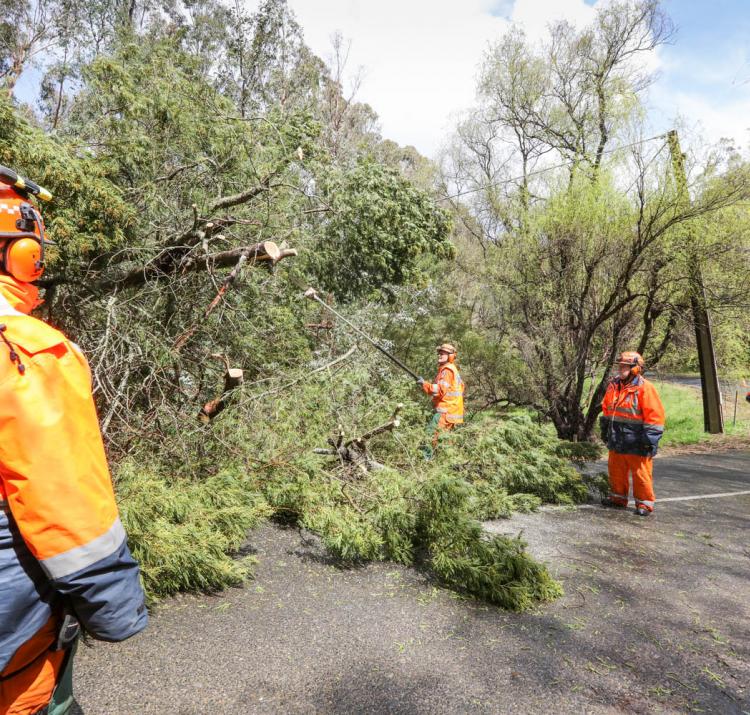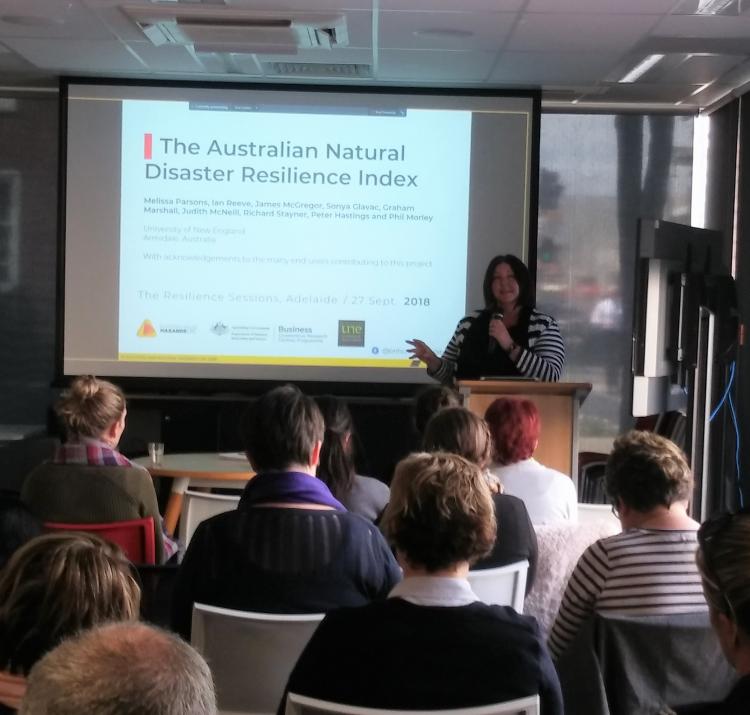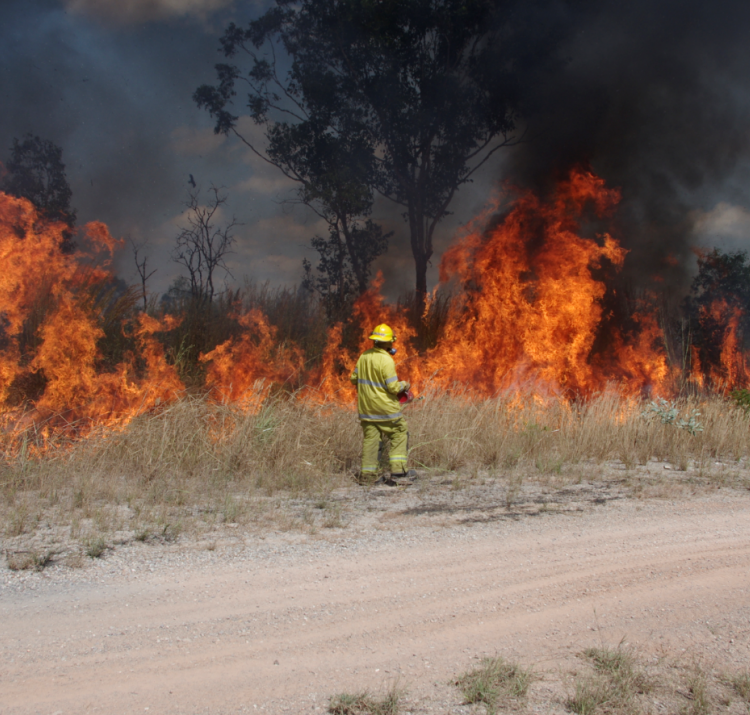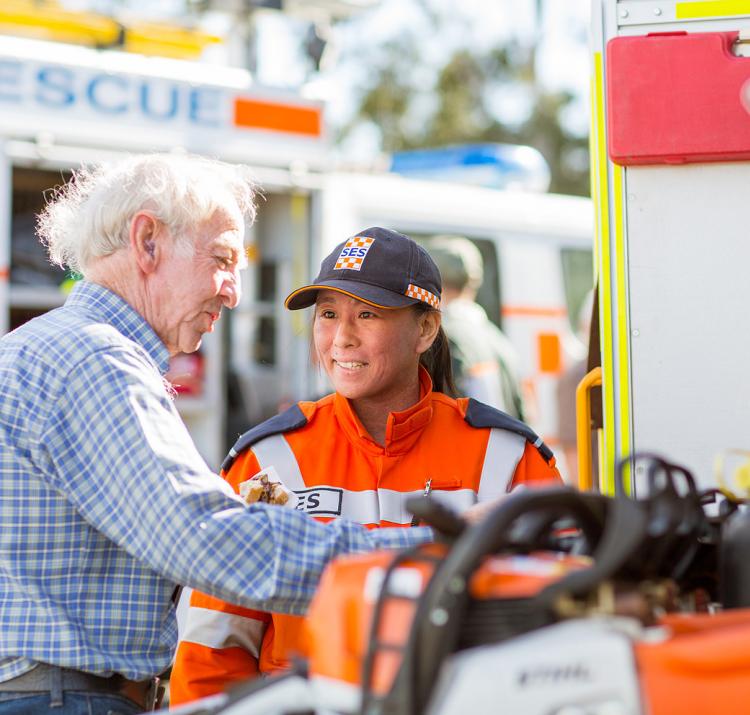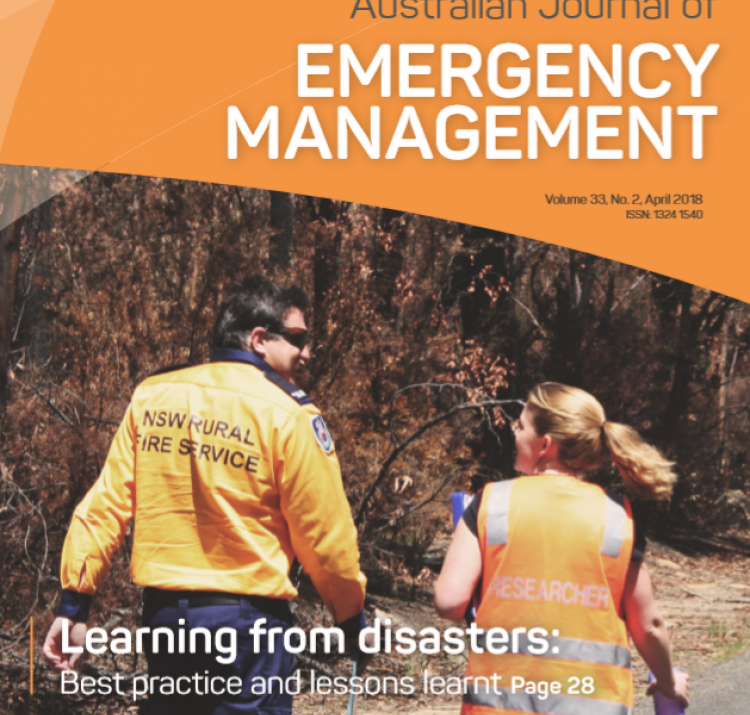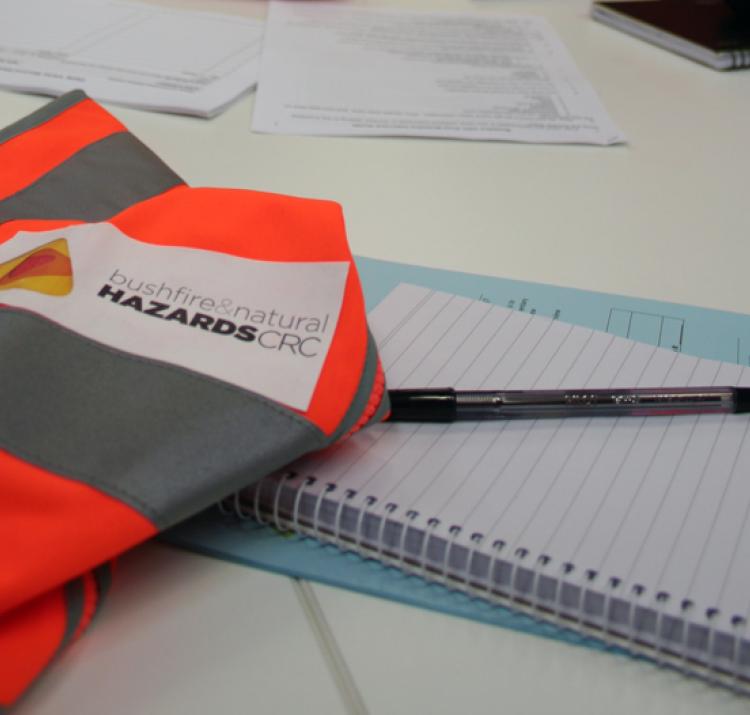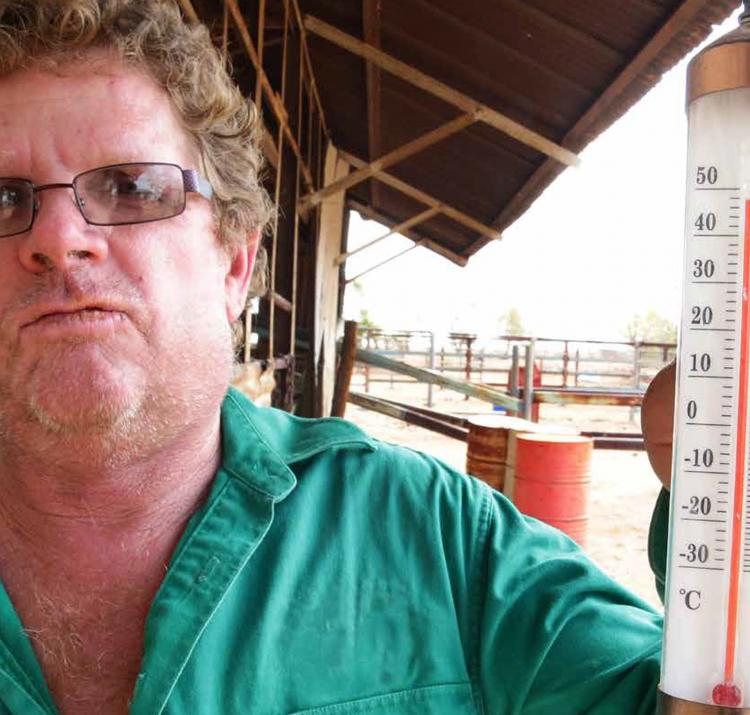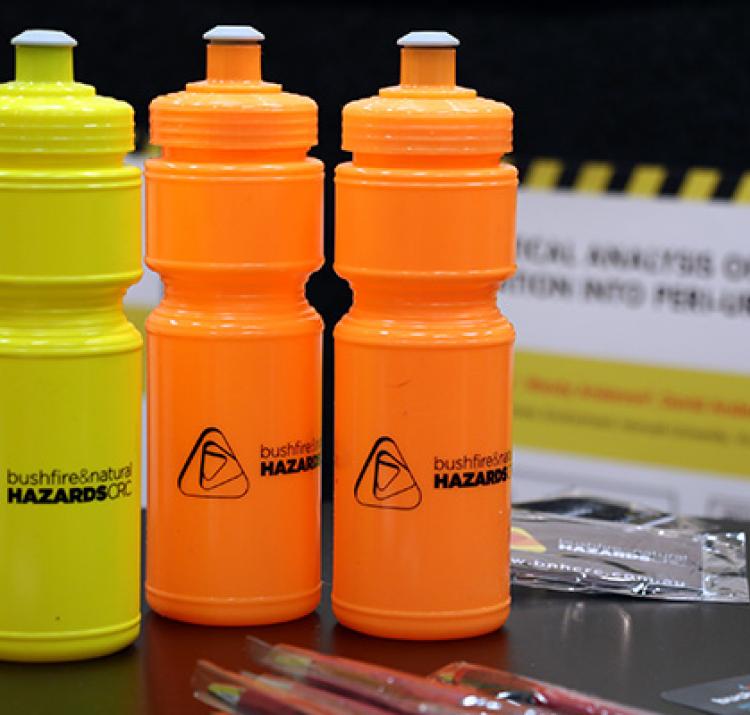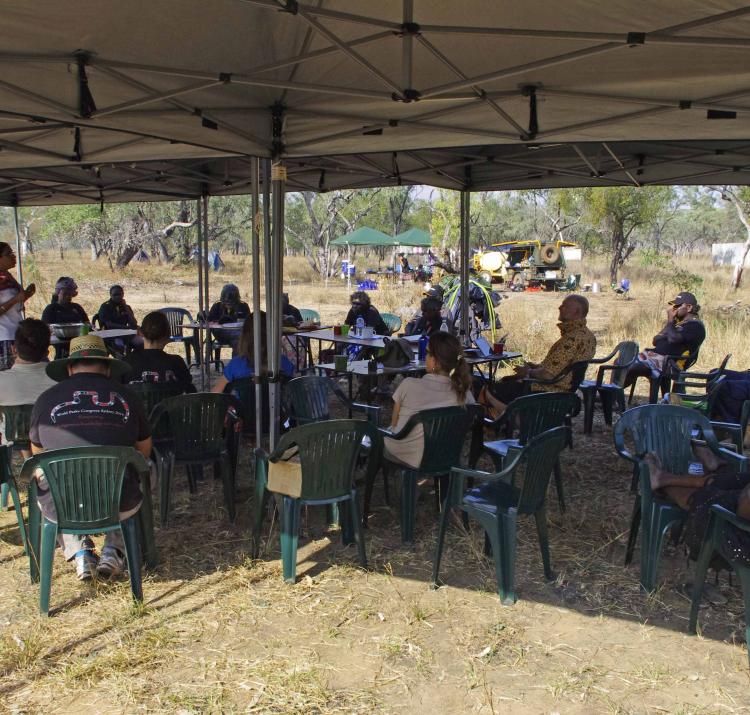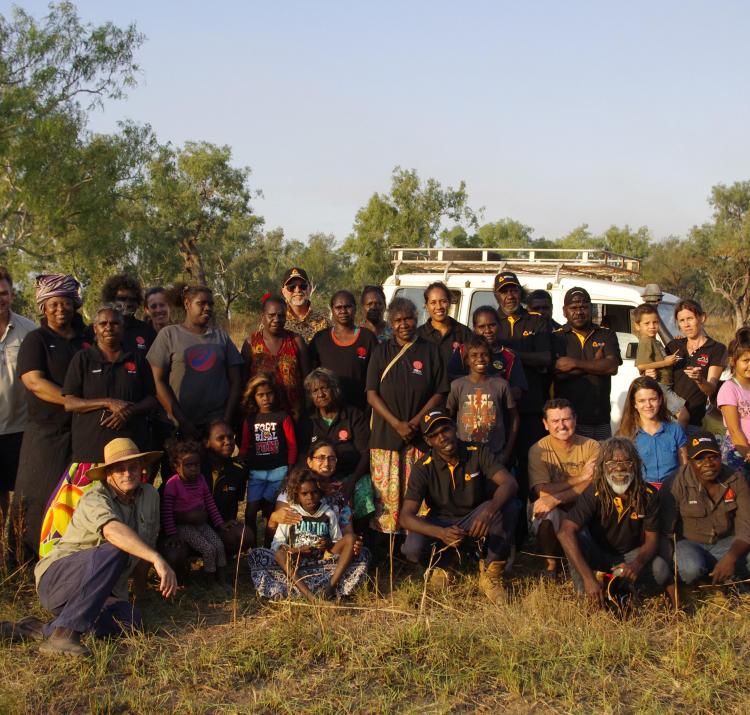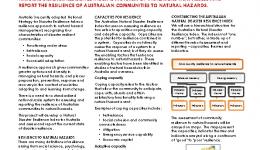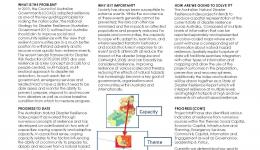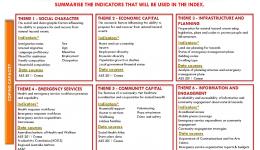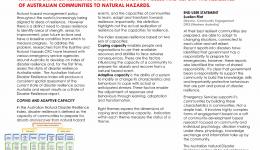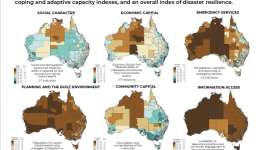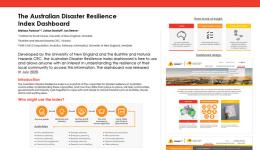Research leader
Research team
End User representatives
Download key research reports
Resilience is the capacity of individuals and communities to cope with disturbances or changes and to maintain adaptive behaviours. Australia’s National Strategy for Disaster Resilience (NSDR) takes an internationally progressive approach in the application of a disaster resilience paradigm. This strategy gives communities greater options and diversity in managing natural hazards, and places natural hazard preparation, prevention, response and recovery in the context of societies learning from and adapting to change.
The NSDR recognises four characteristics of disaster resilient communities: 1) they function well while under stress 2) they adapt successfully 3) they are self-reliant and 4) they have strong social capacity. Building these characteristics of disaster-resilient communities is seen as a shared responsibility among individuals, households, businesses, governments and communities. Yet how could progress towards the development of these characteristics be assessed? Where are the areas of high and low disaster resilience in Australia? How could investments to develop disaster resilience be prioritised, evaluated and reported?
This project developed an index of the current state of disaster resilience in Australian communities – the Australian Disaster Resilience Index. The Index is a tool for assessing the resilience of communities to natural hazards at a large scale and is designed to provide input into macro-level policy, strategic planning and community engagement activities at national, state and local government levels.
First, it is a snapshot of the current state of natural hazard resilience at a national scale. Second, it is a layer of information for use in strategic policy development and planning. Third, it provides a benchmark against which to assess future change in resilience to natural hazards. Understanding resilience strengths and weaknesses will help communities, governments and organisations to build the capacities needed for living with natural hazards.
Deliverables include the development of disaster resilience indicators, maps of disaster resilience at multiples scales, a State of Disaster Resilience Report, and examples that use the Index in a natural hazard resilience planning context.
The Index has application across local (e.g. local emergency management committees, local councils), state (e.g. emergency service organisations) and national (e.g. Attorney-General’s Department, Red Cross, ANZEMC, AFAC) levels.
The project team worked with end-users to align the results and outputs from the Index with agency policy and programs. The researchers worked with agencies to develop fact sheets that agencies can use in community profiling and community engagement tools. The Index results can also be included in risk assessments. The maps provide quantitative spatial information about resilience for community planning and community engagement activities.

